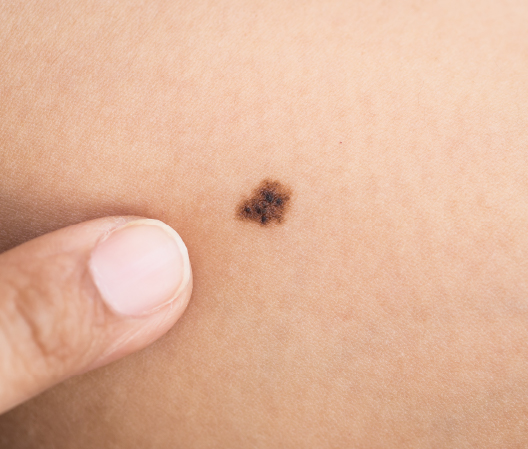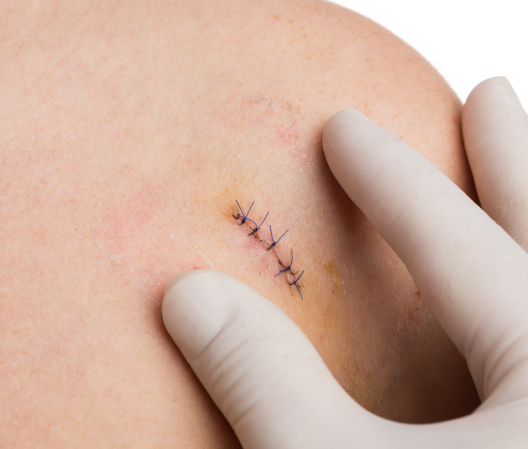

Do you have a suspicious mole, spot, or lesion on your skin? At L.A. Vinas M.D. Plastic Surgery, Med Spa & Skin Care Centers, the staff offers a variety of procedures for treating skin cancer. With offices in West Palm Beach and Stuart, Florida, Dr. Vinas always achieves the highest quality cosmetic outcomes for his patients.
At L.A. Vinas, we have extensive experience with a variety of procedures for treating skin cancer. Dr. Vinas always achieves the highest quality cosmetic outcomes for his patients. He is skilled in numerous excision and reconstruction techniques, including the creation of flaps and grafts when medically necessary. All of our surgical procedures are performed on-site with the use of local anesthesia. Dr. Vinas doctor encourages his patients to become educated about skin cancer and skin cancer prevention.


If you have any questions please fill out the form below to inquire about our services.


 Medspa
Medspa



580 Village Boulevard Suite 135,
West Palm Beach, FL 33409
10190 SW Village Pkwy Suite 106,
Port St. Lucie, FL 34987


